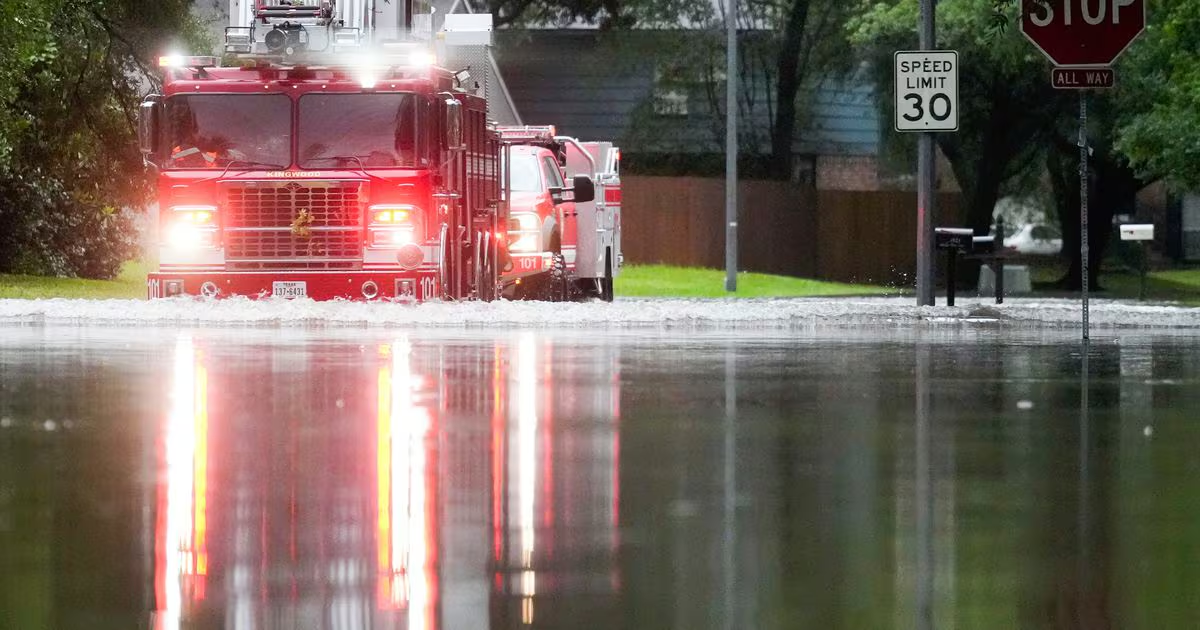Floods are among the most common and devastating natural disasters, particularly in areas like Houston and Kingwood, where the terms “Houston flood” and “Kingwood flood” evoke memories of significant property damage and community upheaval. In the wake of such events, homeowners face the dual challenge of managing their immediate safety and navigating the complex process of flood claims. This is where public insurance adjusters come into play, proving crucial in documenting, estimating, and negotiating flood claims. This article delves into the roles these professionals play, the importance of preserving personal property, timely mitigation efforts, and the distinctions between federal flood insurance and standard homeowners policies.
Public Insurance Adjusters: Advocates for the Homeowner
Public insurance adjusters are licensed professionals dedicated to representing homeowners during the insurance claims process. Their role is especially critical following disasters that lead to widespread “Houston flooding” or “Kingwood flood damage.” Unlike adjusters associated with insurance companies, public adjusters exclusively serve the policyholder, ensuring an impartial evaluation of the damage and an equitable settlement under the flood insurance policy.
Documentation and Estimation: Preserving Evidence
A fundamental task of public insurance adjusters is the meticulous documentation and accurate estimation of damages. After events like the “Houston flood damage,” homeowners may instinctively start cleanup efforts; however, it’s crucial to first document the damages thoroughly. Public adjusters help by taking detailed photographs, videos, and notes, which become indispensable in the claims process. For this reason, homeowners are advised to preserve damaged personal property items until they have been fully documented by an adjuster, as these items are essential for substantiating the claim.
Mitigation and Dryout: Preventing Further Losses
Simultaneous to documentation is the need for immediate mitigation and dryout processes, critical in places affected by “Kingwood flooding” where quick action can prevent further damage. Public adjusters not only assess damages but also guide homeowners on effective mitigation strategies. These steps include removing water, drying out areas promptly, and addressing mold risks, which are crucial actions to mitigate worsening conditions that can lead to increased claim amounts.
Understanding FEMA Flood Insurance and Its Origins
The National Flood Insurance Program (NFIP), administered by the Federal Emergency Management Agency (FEMA), was established in 1968. This program was developed to fill the gap left by private insurers who largely avoided offering flood coverage due to the high risks and frequent occurrences of floods. FEMA’s flood insurance differs significantly from standard homeowners policies:
- Scope of Coverage: FEMA flood policies specifically cover damage caused by flooding, which is defined as an external overflow of water from rivers, lakes, or oceans. In contrast, standard homeowners policies generally exclude flood damage, covering losses due to other perils like fire, theft, and wind.
- Cost and Underwriting: Flood insurance premiums are set by the government and are based on factors such as flood zone, elevation, and building construction type, whereas homeowners insurance premiums are determined by private insurers based on a broader range of risk factors.
- Claim Handling and Reimbursement: The claim process and reimbursement rates for FEMA policies are strictly regulated and often differ from those of private insurance, which can be more flexible but vary widely by company and policy specifics.
The Unique Challenges of “Houston Flood Damage” and “Kingwood Flood Damage”
In regions prone to flooding, such as Houston and Kingwood, understanding the distinctions between FEMA flood policies and standard homeowners insurance is crucial. Public insurance adjusters are particularly valuable in these areas, guiding residents through the complexities of federal guidelines and ensuring compliance to maximize potential claim reimbursements.
Conclusion
The devastation of a flood can be overwhelming, but the support of a public insurance adjuster can significantly ease the burden on homeowners. In flood-prone areas like Houston and Kingwood, these professionals are more than just advisors; they are essential advocates who ensure that every aspect of the claim is professionally handled—from thorough documentation and effective mitigation to skilled negotiation and understanding the intricacies of federal flood insurance. For homeowners navigating the aftermath of “Houston flooding” or “Kingwood flood damage,” engaging a public insurance adjuster is a critical step toward recovery and rebuilding.
Have a Hail or Wind claim you need help with?
Let us know how we can help. Our consultations are always FREE with NO OBLIGATIONS!
- Understanding Property Insurance Appraisals: Process, Benefits, and Alternatives - June 10, 2024
- The Indispensable Role of Public Insurance Adjusters in Flood Claims: Insights from Houston and Kingwood ExperiencesThe Crucial Role of Public Insurance Adjusters in Managing Flood Claims - May 5, 2024
- Katy TX Public Adjuster - April 29, 2023



